When a patient comes into a clinic or hospital, medical professionals have all the tools they need to examine them. However, when they see a patient online, healthcare workers may lack the right equipment to handle the telehealth visit. Why?
One reason is that telehealth requires a lot of specialized equipment. For every tool used for in-person visits, there’s typically a telehealth version that someone has to buy. When you consider how many different tools you use in a single visit, the list of telehealth equipment you need to buy might seem overwhelming.
But you don’t need to let the sheer number of different telemedicine tools intimidate you. Let’s examine a few essential tools you can invest in to help optimize your telehealth services.

Pro Tip
Add Jotform to your telemedicine toolkit! With our secure HIPAA-friendly forms, you can easily collect patient data, consent, signatures, payments, appointments, and more.
What telehealth tools do you need in your healthcare toolbox?
Many healthcare professionals are new to performing telehealth visits, so having a list of the most common medical equipment can help make the transition to online visits easier. Here are the basic tools you’ll need for your telehealth appointments:
- Remote vital monitoring. A remote vital monitoring device takes a patient’s vitals and sends the results straight to your device. Any patients at risk for developing serious problems can wear these wireless devices continuously.
- Virtual stethoscopes. Virtual stethoscopes record audio from the patient’s end and then transmit it to your device. Patients can record audio from any area you’d like to examine, whether it’s their heart, lungs, or digestive system.
- Wireless scales. Wireless scales ensure you’re getting an accurate reading of a patient’s current weight. Having a record of your patient’s weight makes it easier to correctly prescribe medication and treatments, even when you can’t see your patient physically.
- Thermometers. Giving a patient a thermometer that can record and display their temperature on a screen means they can send you this data multiple times a day. You can then track changes in the patient’s condition.
- Digital otoscopes. A digital otoscope can livestream video and images to you and record images for future viewing. This allows your patient to examine their ear at any time and send you the image so that you can look at it when it’s convenient.
- Pulse oximeters. Measuring a patient’s oxygen level is especially important if you suspect they have COVID-19, as COVID-19 patients may have a low oxygen level and not even know it.
- High-quality cameras for specialty practices. While you can get away with using a regular web camera for most telehealth visits, certain specialties need better quality images. Specialists like dermatologists and radiologists need higher-resolution images and video to diagnose medical issues accurately.
- HIPAA-friendly software. Many of the tools we’ve discussed require you to collect sensitive health information over the internet. Using HIPAA-friendly software — such as Jotform’s telemedicine toolkit — allows patients to upload files, images, or videos while maintaining HIPAA-friendly. Jotform’s software also allows you to securely collect patient signatures, access your telehealth information on any device, and integrate with more than 100 healthcare apps.
There are many different types of telehealth tools. As you go through this list, you may discover that it doesn’t include the specific tools you use every day. However, that doesn’t mean there’s no telemedicine version of it. With the wide variety of telemedicine tools out there, you’ll likely find whatever tool your practice needs to deliver great telehealth care.
Getting the equipment you need is an important part of your telehealth practice. Thankfully, it’s also pretty easy to do. Now that you know what telehealth tools are available, you’ll be able to prepare both your healthcare organization and your team for online visits.
Let’s get back to basics
When a patient comes to your facility for a healthcare appointment, you have all the tools you need to examine and treat them. However, you may not have the right tools to handle telehealth visits. By investing in some basic telemedicine equipment, you’ll be able to treat patients wherever they are.
The tools we’ve covered are mostly physical pieces of equipment, but there’s more to telehealth than physical tools. You also need online tools and software. Jotform’s online forms allow you to collect sensitive patient information while remaining HIPAA-friendly. Contact us today to learn more.















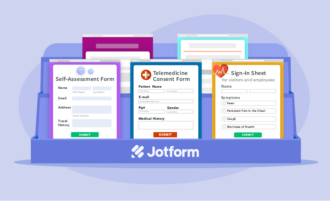

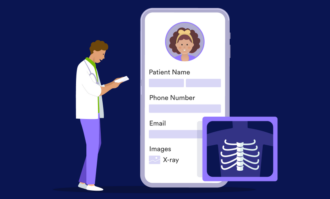




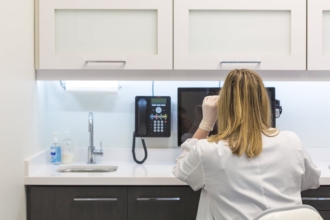

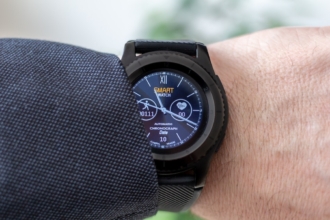


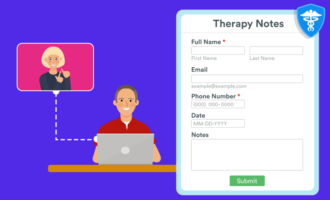

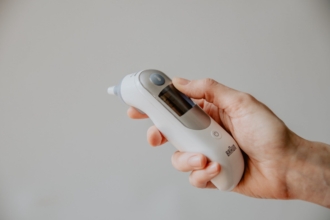






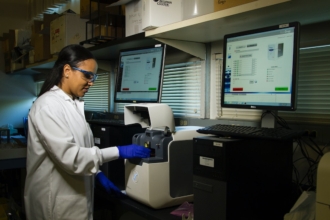
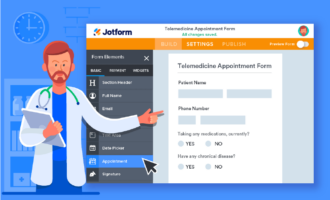







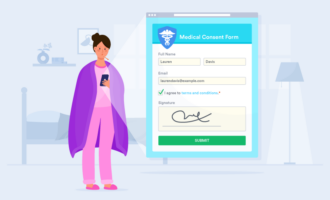



Send Comment:
4 Comments:
More than a year ago
I Medical personal, I want to enroll with tele medicine program to my patience.. any guidance please
More than a year ago
For Telehealth Care, Telemedicine Devices plays a vital role. Basic telecommunications technology are required like telephone, internet and computer. It would be easier for patients with telehealth equipments at home to monitor their health like by checking the pulse rate through pulse oximeter, body temperature with thermometers etc. I am glad, I read this blog and thanks for sharing it.
More than a year ago
Just wondering how practical sending a patient a vital signs equipment before a televisit? Would work if patient already has some of these tools at home.
More than a year ago
I am glad I read this I am looking forward for more of your vlogs.